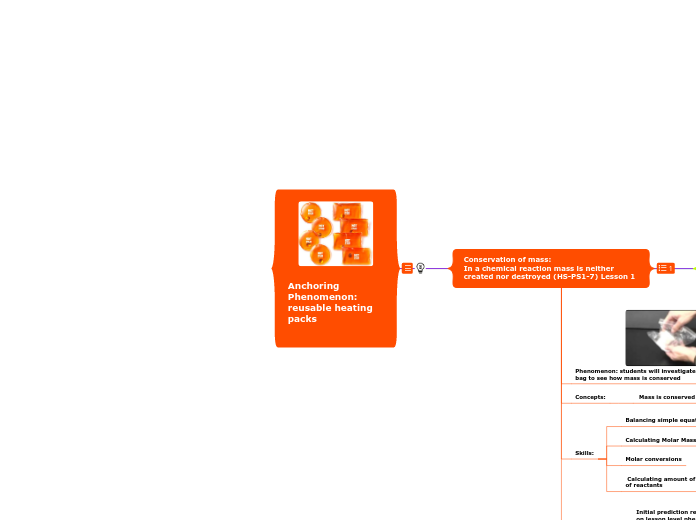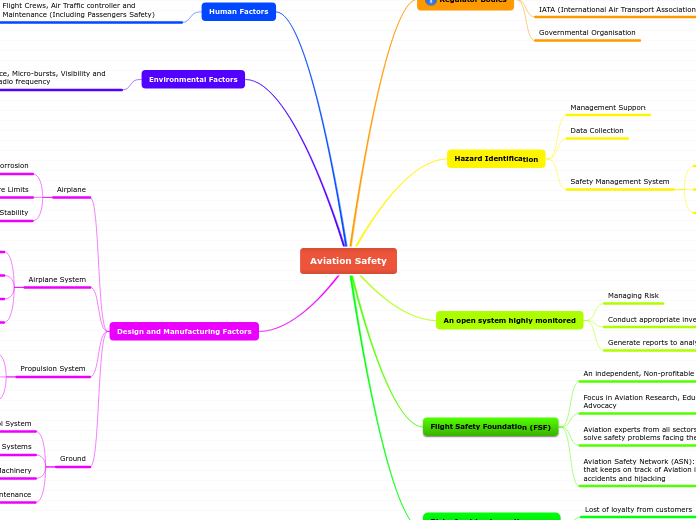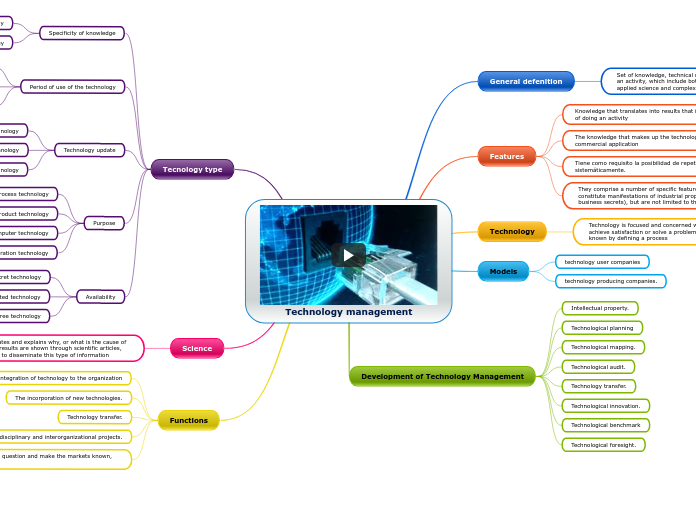arabera Anneliese Hodgson 2 years ago
331
Anchoring Phenomenon: reusable heating packs
In this lesson, students engage with reusable and one-time heating packs to explore the concepts of heat release and absorption. Over three days, students conduct a series of observations and measurements to gather evidence on the behavior of these heating packs.









